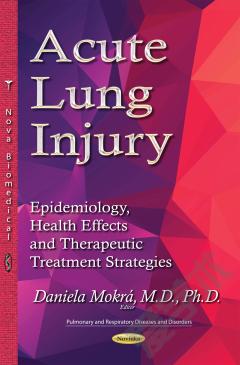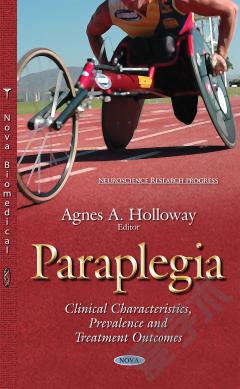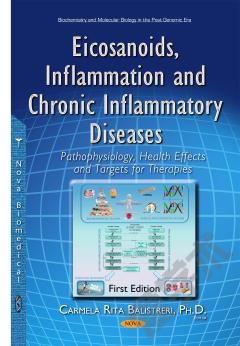Acute Pancreatitis: Health Effects, Clinical Aspects and Emerging Therapies
Acute pancreatitis (AP) is the inflammatory process secondary to damage of the pancreatic acinar cells. AP is one of the most common diseases of the gastrointestinal tract, leading to significant emotional, physical, and financial burden for society. The diagnosis of acute pancreatitis is often established by clinical symptoms and laboratory testing. Chapter One of this book reviews the clinical characteristics of acute pancreatitis in children based on the clinically based diagnostic criteria for childhood pancreatitis, which until recently was not available. Chapter Two presents an update on the current state of walled-off pancreatic necrosis. Chapter Three provides a review of Purtscher's Retinopathy. Chapter Four examines the impact of obesity on the severity of AP. Chapter Five discusses several advances in the management of AP, from classical methods to more advances options. Chapter Six discusses management of acute biliary pancreatitis. Chapter Seven reviews radiology of AP and the complications associated with it. Chapter Eight studies the use of antibiotics in AP. The final chapter explores the therapeutic effect of Shenmai injection (SMI) on acute experimental pancreatitis and underlying mechanisms.
{{comment.content}}








 京公网安备 11010802027623号
京公网安备 11010802027623号